Stress: The Cause of Disease
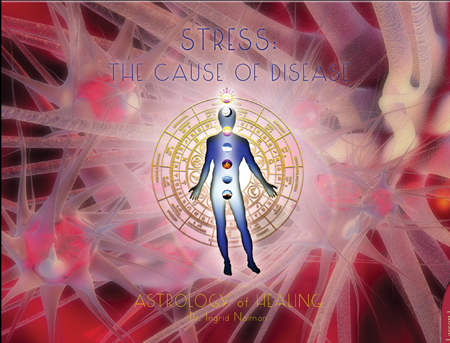
So that everyone taking the course starts with the correct horoscope, a bonus lesson on Rectification can be downloaded once registration is completed. This is not exactly a prerequisite for taking the course, but it is highly recommended that everyone start off with correct horoscopes for themselves and the persons whose charts they will use in the course.
The main lesson is called Stress: The Cause of Disease, which was actually the title of the book published in the 1980s which has been out-of-print for about two decades. The types of stress shown in the horoscope as well as the importance of each configuration, the depth, and the duration are discussed in this lesson. In addition, there is some hand-out material using the standard Holmes-Rahe Stress Test along with an online astrological test that users can configure.
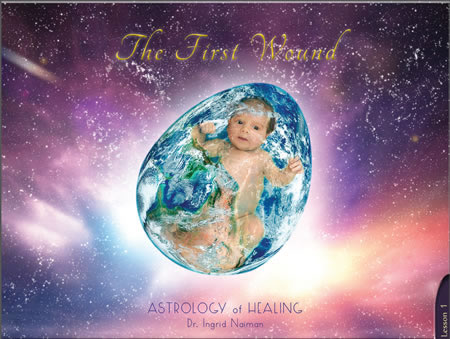
This lesson includes quite a lot of bonus material. Since the concept of stress as well as pivotal events is directly linked to Ingrid Naiman's original theory of the First Wound. Thus, a short pdf on the First Wound is included with Lesson 1 of the Astrology of Healing.
There is also a very brief overview of the history of medical astrology and a pdf on Ginkgo Biloba, the oldest plant known and one that is remarkable for its longevity and protective benefits.
Live Webinar Date: To be announced
Click to enroll in this course
Benefics and Malefics
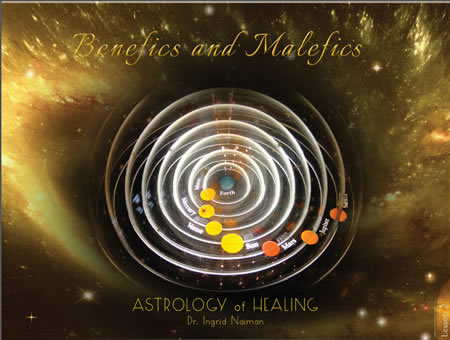
The theory of benefics and malefics goes back at least to Claudius Ptolemy but most likely much earlier. After studying the material in this lesson and comparing the traditional concepts to the ones presented in this lesson, it is doubtful that anyone will continue to support the ancient concepts surrounding malefic planets.
- Part of Sickness
- Key Significators: Sun, Moon, and Ascendant
- Lunar Rules, Interesting Techniques for Use with the Moon
- Reprint of Article on Acute versus Chronic Diseases
- Reprint of Article on Benefics and Malefics
- Reprint of Paper on Gotu Kola
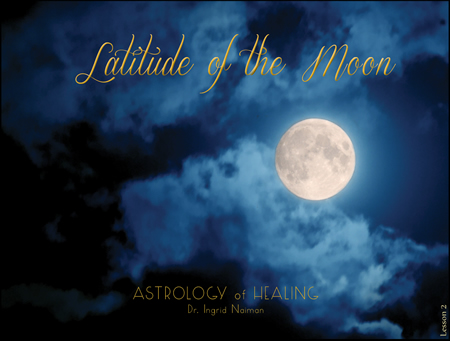
This lesson includes a short bonus e-book on the Latitude of the Moon.
Live Webinar Date: To be announced
Click to enroll in this course
Planetary Groups
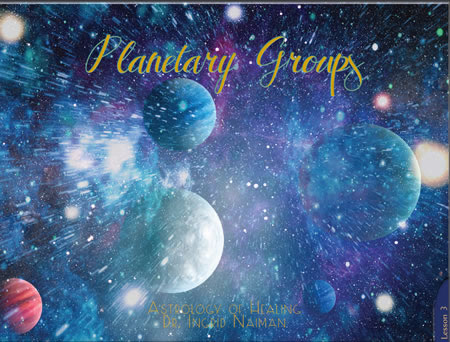
Live Webinar Date: To be announced
Click to enroll in this course
The Qualities: Modes of Adaptation
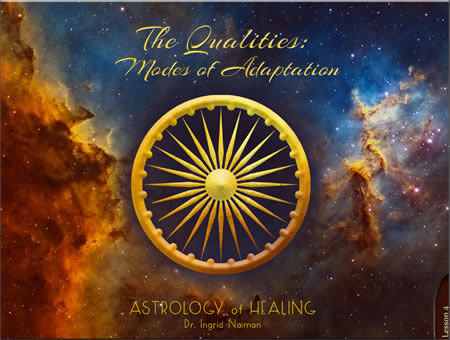
This lesson covers the three properties, called in astrology cardinal, fixed, and mutable. These are similar to the concept of gunas in Eastern philosophy. Each cross has particular attributes, but each also has one sign in each of the four elements. So, we will go from ancient humoral theories to the present, get rid of archaic language and interface these important concepts with modern thinking.
In addition to crosses, this lesson sets the stage for a very detailed study of the elements. We will take this knowledge to another level, beyond anything you can find in any astrology textbook. The ancient Greeks felt that the material world cohered or disintegrated as a consequence of the love and hate existing between the elements. The Chinese approach these concepts from another angle and Dr. Carl Jung had another take on the shadow plays between the elements. This work is intensely interesting, practical, and highly original.
Live Webinar Date: To be announced
Click to enroll in this course
The Air Element

The air element is associated with perceptivity, movement, the nervous system and reflexes, as well as empty spaces and tubes—such as the hollow spaces inside veins and intestines. It is light, quick, dry, and cold. This lesson covers the psychology and medical characteristics of the air type and the symptoms of derangement along with basic therapies for bringing the air element into balance.
Live Webinar Date: To be announced
The Fire Element
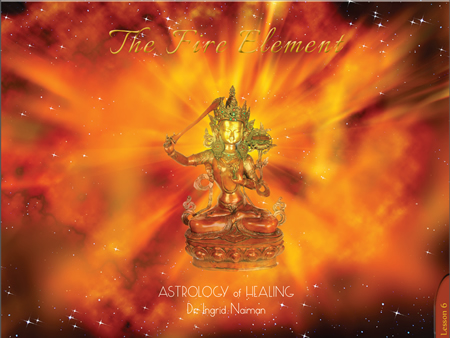
Fire rules the caustic chemicals used in digestion and through its relationship to light, it is associated with sight and the eyes. It is idealistic and progressive and leads the way into the future through its ability to visualize and arouse passion. When toxic, it is impatient and angry. Fire is hot, dry, and light — and since it is the only element that is warm, it is needed to reduce the coldness of the other elements.
Live Webinar Date: To be announced
The Water Element
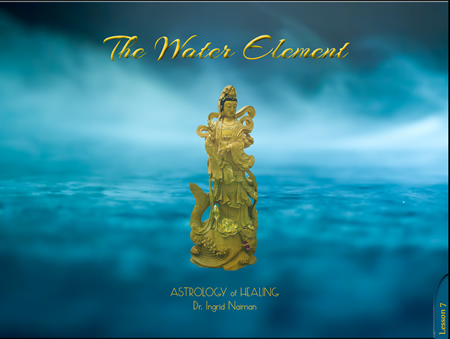
Water is the exact opposite of fire: it is cold, wet, and heavy. Since it is the only element that is wet, it is used to soften and moisture everything that is too dry, such as joints and skin as well as inflexible areas of the temperament. Water is retentive and has an excellent memory. Just as fire looks ahead, water looks back. It preserves both memories and traditions and is more partial to antiques than whatever passes for modern taste.
Live Webinar Date: To be announced
The Earth Element

Earth is the most stable of the elements and it is therefore found in the parts of our bodies that give us strength and structure such as teeth and bones. It is heavy, cold, and dry and finds balance through interaction with the other three elements: air for agility, fire for warmth, and water for moisture. Earth is conservative, practical, and often resistant to new ideas until they are found to be useful or profitable . . . then, their worldly skills manifest magnificently.
Live Webinar Date: To be announced
